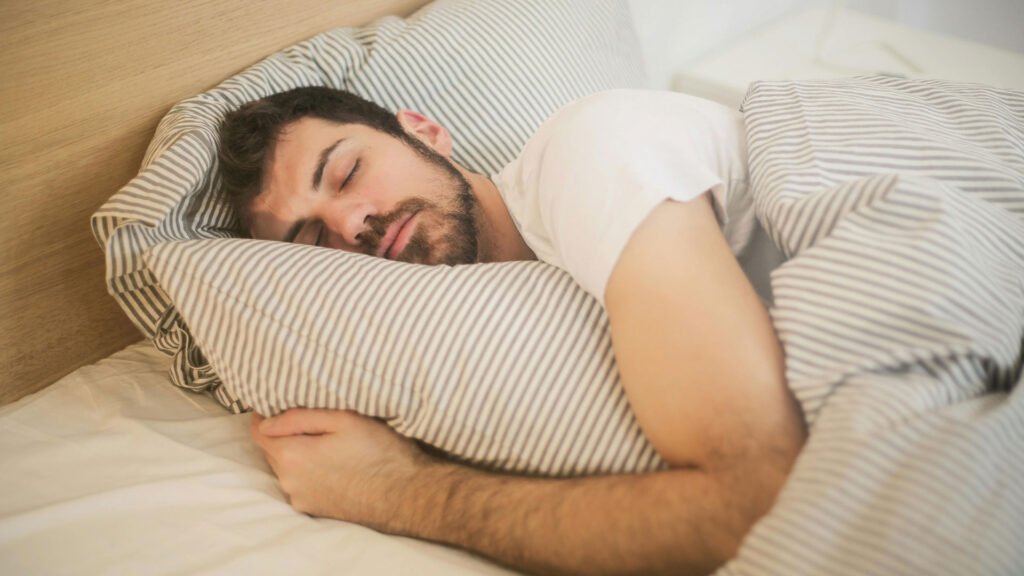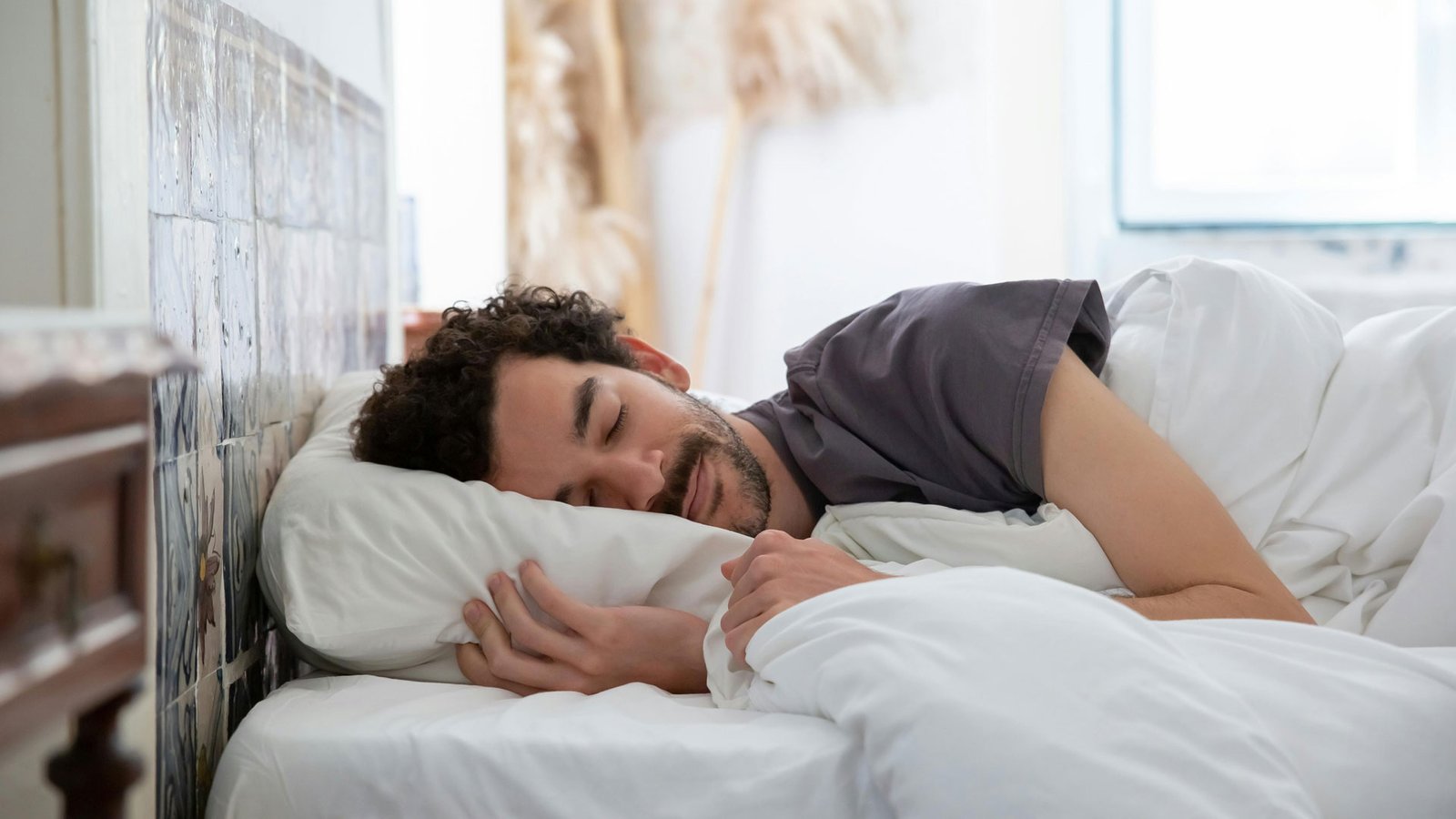Making time for mindfulness might seem like a luxury, but it is essential. There are easy techniques to stop and reset, unlike everything else on your to-do list, such as the 4-7-8 breathing technique. The 4-7-8 method is a regulated breathing rhythm that helps the mind and body relax. It has helped many people move from a stressful storm to a more focused, present self. According to Martha, founder and CEO of Black Girls Breathing, “breathwork is an active meditation that helps redefine the nervous system’s reaction to trauma and triggers.” “Those who include the practice into their daily and weekly routines will notice a reduction in anxiety and tension, as well as a regulation of the nervous system’s reaction to worry and stress.” Deep breathing has several advantages. Slow, mindful breathing techniques, such as the 4-7-8 method, have been connected to mental function in the sense that they may improve emotional regulation and psychological well-being, according to research.
So, what exactly does 4-7-8 breathing entail?
The 4-7-8 breathing technique, often known as “relaxing breath,” is based on the concepts of pranayama, an ancient yogic practice that involves controlling one’s breath to direct energy. While similar breathing methods have been established overages, the technique known as 4-7-8 breathing is linked to American doctor Andrew Weil, who specialized in alternative medicine. Breathing in for four seconds, holding for seven seconds, and then breathing out for eight seconds is the basic approach. Caroline Leaf, Ph.D., cognitive neuroscientist and presenter of the Cleaning Up the Mental Mess podcast, notes, “The 4-7-8 breathing method is a well-known and commonly followed technique that incorporates breath control.” “The 4-7-8 approach helps to calm numerous neurophysiological processes in the brain and body by managing the length of your breathing, how long you hold or release your breath, and the frequency of your exhales and inhales.”
Breathing exercises for anxiety are often utilized as a technique in this context. Many practitioners find that belly breathing and lung exercises help them relax and center themselves; others utilize deep breathing to aid sleep. Those who wake up with anxiety might attempt 4-7-8 breathing to see if it may help them reframe their day, but more on that later.
To begin, learn how to use the 4-7-8 breathing method
The task is basic, as previously stated: Inhale for four seconds, hold for seven, and exhale for eight. However, there are ways to make the most of it. As a starting point, Thimela Garcia, an author, yoga instructor, and trained holistic practitioner, recommends choosing the proper time and location. “I generally choose a good time and location throughout the day to practice this breathing method,” Garcia explains. “I use this before I go to bed at night since it is a really calming breathing method.”
Albeit there are certain exceptions, according to Garcia: “Except when driving or other a work that needs complete focus, 4-8 breathing may be performed at any time and anyplace.” Also useful: Get down low and cozy. Although the method may be performed while standing, experts recommend being as physically relaxed as possible. “I find a comfortable sitting posture, whether it’s on my bed or on the floor on a cushion,” Garcia explains. “I prefer to sit with my palms facing up over my knees or my hands folded over my lap.” This breathing method may be done with or without the eyes open.”
Although you may not always be in a situation where you can shut your eyes, Garcia suggests doing so whenever feasible since it helps filter out distracting visual inputs and enables you to focus more deeply on the exercise.
There’s one more thing someone can do to prepare after they’ve found the ideal atmosphere. “Before commencing 4-7-8 breathing, take a few mindful breaths and properly clear the lungs,” Garcia advises. “Despite the fact that it is a fairly easy exercise, it must be carried out in a very particular manner.” Following that, the main event begins. “Inhale for four counts via the nose, hold for seven, and then forcefully exhale for eight counts through a pursed lip, generating the whooshing sound and maintaining.” It’s entirely up to you what you do next. Garcia loves to practice 4-7-8 breathing for a few cycles before remaining motionless and relaxed. “After I finish, I breathe normally for a few minutes, just savoring the calm and absolute tranquility I have after executing this breathing method,” Garcia explains. “Slowly, slowly, slowly, slowly, slowly, slowly, slowly, slowly, slowly, slowly, slowly, slowly,
Garcia points out that newcomers to the method may feel dizzy at first, so it’s important to remember that it requires practice and recognizing one’s boundaries. “Please be advised that this procedure should only be used up to four times at a increasing the number of cycles,” Garcia warns.
There are many methods to tailor the practice to a person’s preferences. Our thoughts, according to Dr. Leaf, are always active. To combine purposeful and aware mind-in-action thinking, she likes to add three phrases to the 4-7-8 breathing technique: “The 4-7-8 breathing may assist calm down our neurophysiology and neurochemistry when our mind is hectic and unruly,” she continues. “When I do this breathing technique, I add the words ‘think, feel, choose,’ which highlights what my mind-in-action is doing while I’m processing what’s going on in the moment, and it can help me start to control the chaotic thinking, feeling, and choosing that has been triggered and is causing stress.”
Is it true that breathing in a 4-7-8 pattern helps you fall asleep faster?

Don’t worry if you feel like you hop into bed just to spend the next two to three hours entertaining every idea that comes to mind: you’re not alone. These kinds of concerns are common in daily life. However, if you’re looking for a quick way to fall asleep, doctors suggest trying this breathing technique. “The 4-7-8 technique’s breathwork pattern may be excellent practice when combined with a nighttime routine to reduce the pressures of the day and their influence on the body and mind, allowing for a deeper, more undisturbed sleep,” Marie explains. Just keep in mind that it’s all a process, so it may take some time and practice to get it right. “To observe tremendous effects and create a regular practice that may be more effective as a preventative strategy, this approach should be used twice a day,” Garcia explains. “When I’ve woken up in the middle of the night, I’ve used the 4-7-8 approach and within minutes.”
While there is a slew of alleged sleep aids, the advantages of deep breathing at night are based on physiology, especially how the brain reacts to higher oxygen levels. “When you say ‘think, feel, choose’ and breathe deeply, the frontotemporal lobe gets more oxygen, which may lead to an enhanced connection between the amygdala and the frontal brain,” adds Dr. Leaf. “By boosting the release of melatonin and making it easier to achieve a state of relaxation, this link promotes a balance of energy into the left and right sides of the brain, which may help decrease anxiety and enhance the sleep cycle.”
What are some more advantages of deep breathing?
As previously stated, 4-7-8 breathing is often suggested as a method for reducing anxiety. When individuals are exposed to stressful or triggering stimuli, their bodies may typically be found in according to Dr. Leaf. “Many situations, such as trauma, a traumatic brain injury, or other mental health pressures, might contribute to this heightened condition,” she explains. “When we’re disturbed, we can’t think clearly until our minds and bodies settle down, which is why deep breathing is so beneficial—it can have a really calming impact on the mind, brain, and body, which may help us get into a mental state where we can address the source of our stresses.” Deep breathing may also help to boost endorphins or feel-good chemicals. “When we hold our breath and pause it, we are filling our cells with oxygen,” Dr. Leaf explains. “As we drive air out of our lungs, oxygen is forced into our brains.” This increases the quantity of oxygen in our blood as it circulates throughout our bodies. This oxygen reaches the heart and lungs, as well as the brain, where it boosts the number of endorphins.” While many people use the technique to mentally prepare for a difficult situation or avoid the development of anxiety, doctors claim it may also aid during a panic attack. According to Garcia, “4-7-8 breathing permits individuals to feel in control of their breath.” “This approach may be used to help with anxiety and hyperventilation. Long, deep exhalations activate the vagus nerve, which instantly relaxes the mind and body.”
Another advantage of this mindfulness method is that it is easy, subtle, and free. It may be done while passing the time at a crowded airport or while waiting for a meeting at a desk. It also doesn’t need the use of a yoga mat or a bunch of meditation applications. It’s also simple to remember: 4-7-8. The basic numbered technique gives the workout structure, allowing one to concentrate on their breathing. However, since every one of our bodies and boundaries is unique, this strategy may not work for everyone. “I personally do not teach any counting techniques,” Marie explains, “it causes the participants to be more in their heads than their bodies and trusting their bodies for the duration of the practice.”





